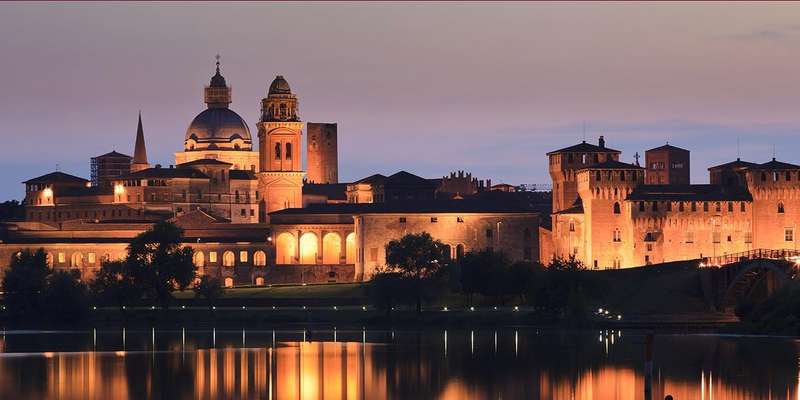- Home
- Useful Tips
- Mantua's Renaissance art
Standing before Mantua's breathtaking Renaissance artworks often comes with unexpected frustrations. Over 60% of cultural travelers report missing key masterpieces due to poor timing or overcrowding at sites like the Camera degli Sposi. The city's compact historic center hides artistic wonders in unexpected corners, from Giulio Romano's playful Palazzo Te to the often-overlooked San Sebastiano basilica. First-time visitors waste precious hours navigating between venues or arrive at peak times when fresco details disappear behind smartphone-wielding tour groups. For art pilgrims making the journey to this UNESCO-listed gem, these logistical hurdles can turn what should be awe-inspiring moments into stressful races against closing times and ticket queues. The challenge isn't finding great art in Mantua – it's experiencing it with the space and context it deserves.


Beating the Palazzo Ducale crowds – when locals visit Mantua's crown jewel
The sprawling Palazzo Ducale complex draws over 300,000 annual visitors to its Mantegna frescoes and Baroque halls, yet few experience them properly. Savvy art lovers time their visit for Tuesday afternoons when morning tour groups have dispersed but the palace remains open until 7:30 PM. Enter through the lesser-used Piazza Sordello entrance to avoid the main ticket line bottleneck. Once inside, reverse the suggested route – head straight for the Camera degli Sposi while others linger in earlier rooms. The trompe-l'oeil dome reveals its magic when you can stand directly beneath it without jostling. Late winter visits offer another advantage: angled sunlight through the Loggia dei Marmi windows illuminates the Gonzaga family portraits with cinematic drama no guidebook mentions.
Beyond the guidebooks – Mantua's underrated Renaissance sites
While every tourist map leads to the Ducal Palace, Mantua's true artistic revelations often lie in quieter spaces. The Diocesan Museum's recently restored collection includes Perugino sketches that show Raphael's teacher at his most experimental. Time your visit for 11 AM when sunlight pierces the stained glass of Santa Maria della Grazie, casting jewel-toned shadows across Leonbruno's forgotten altarpiece. Don't overlook the scientific Renaissance at Palazzo San Sebastiano – its celestial maps and medicinal herb gardens reveal how art and science intertwined. For a truly local experience, join the Thursday morning market near Sant'Andrea Basilica where elderly Mantovani still debate Alberti's architectural genius over espresso, offering casual art commentary no audio guide can match.
Decoding Mantegna – how to appreciate Mantua's master storyteller
Mantegna's genius often eludes modern eyes without proper context. His Camera degli Sposi appears static until you notice how the 'oculus' ceiling illusion changes perspective as you move – try circling the room slowly to see courtiers 'lean' over the balcony. The damaged frescoes in the Castle of San Giorgio actually help you appreciate Renaissance techniques; peer closely to see giornata (daily plaster sections) and pentimenti (artist's revisions). Local art historians recommend studying the Ducal Palace's tapestry collection first – these woven copies of Mantegna's Triumphs of Caesar reveal original colors lost in the Hampton Court originals. For DIY study, the Museo Civico's digital kiosks let you zoom in on brushwork details most group tours rush past.
Staying near Mantua's art district – quiet lodgings with Renaissance views
Choosing the right neighborhood transforms your art pilgrimage from hectic to harmonious. The quiet streets behind Piazza Broletto place you within a 5-minute walk of four major sites yet escape the evening tour bus noise. Several converted 15th-century palazzi now operate as boutique hotels, their original fresco fragments visible in breakfast rooms. For budget-conscious travelers, the seminary guest rooms near Sant'Andrea offer simple accommodations with unparalleled access to the basilica's morning light on Alberti's façade. Whichever you choose, request a south-facing room – Mantua's pink dawn light on terracotta rooftops mirrors the hues in Giulio Romano's Palazzo Te murals, creating your own living Renaissance canvas each morning.



